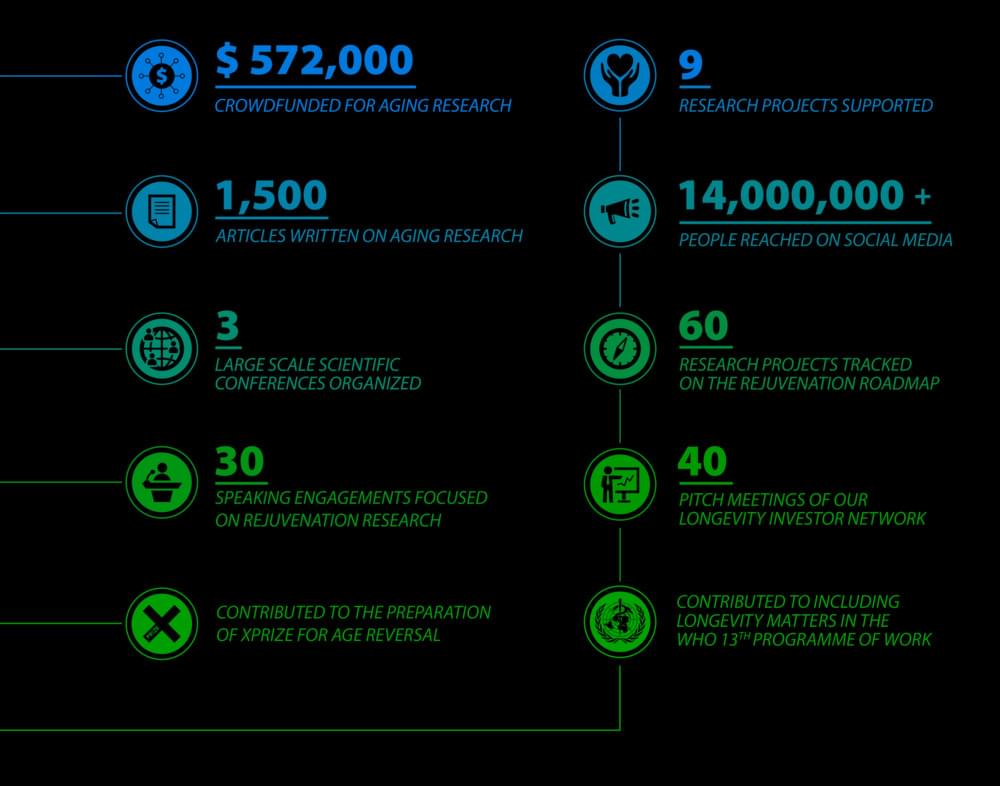Alpha particles are also known as alpha radiation.
Alpha particles, also known as alpha radiation, are the star players in the game of alpha decay — here’s everything you need to know.


While many other companies in the industry are focusing on designing and developing hydrogen-fueled aircraft from scratch, ZeroAvia is gearing up to test its retrofitted Dornier 228 this summer.
The company has partnered with its strategic investor, Shell, to design and build two commercial-scale mobile hydrogen refuelers for use at ZeroAvia’s research and development site in Hollister, California. At ZeroAvia’s test facility in Hollister, Shell will also provide compressed, low-carbon hydrogen supply to the facility and other locations in the Western U.S.
This strategic collaboration will support the development of ZeroAvia’s flight testing program in the U.S. following the arrival of its second Dornier 228 at Hollister last month and will advance the company’s Hydrogen Airport Refueling Ecosystem (HARE) on a larger scale.

Learn More
Here at Lifespan.io, we publish fact-checked news and deep interviews with aging researchers to help people track the development of treatments targeting aging. These treatments aim at preventing and curing age-related diseases and may improve lives of thousands of people around the globe!
Everyone deserves to know about the emerging opportunities in the field of healthy life extension research. Knowledge is empowering. In our articles and popular science videos, we discuss the progress, pros, cons, and social implications of innovative medicine for controlling aging, and the steps that are needed to accelerate its clinical implementation.
How your giving made a difference in 6 years

Research on aging and life extension can allow people to be healthier for longer, and with your help, we can reach out to more people! Please consider supporting our work with a monthly donation!


Called the Artemis lunar base, it will include a habitation unit (for up to four astronauts) and separate mining and fuel processing facilities. These facilities would be built far away from the base camp and would serve to produce rocket fuel, water, oxygen, and other materials needed for extended exploration of the lunar surface while decreasing supply needs from Earth.
Get more updates on this story and more with The Blueprint, our daily newsletter: Sign up here for free.
There will also be an electrical grid for the two units which will be connected during emergencies for resiliency and robustness. Sandia’s researchers note that the electrical system controller for the habitation unit will be very similar to the International Space Station (ISS)’s direct current electrical system with some notable differences.

NVIDIA has published the source code of its Linux kernel modules for the R515 driver, allowing developers to provide greater integration, stability, and security for Linux distributions.
The source code has been published to NVIDIA’s GitHub repository under a dual licensing model that combines the GPL and MIT licenses, making the modules legally re-distributable.
The products supported by these drivers include all models built on the Turing and Ampere architecture, released after 2018, including the GeForce 30 and GeForce 20 series, the GTX 1,650 and 1,660, and data center-grade A series, Tesla, and Quadro RTX.

Deep reinforcement learning.
The system is so efficient because it uses deep reinforcement learning, meaning it actually adapts its processes when it is not doing well and continues improving when it makes progress.
“We have set this up as a traffic control game. The program gets a ‘reward’ when it gets a car through a junction. Every time a car has to wait or there’s a jam, there’s a negative reward. There’s actually no input from us; we simply control the reward system,” said Dr. Maria Chli, a reader in Computer Science at Aston University.

In a ghastly vision of a future cut off from sunlight, the machine overloads in the Matrix movie series turned to sleeping human bodies as sources of electricity. If they’d had sunlight, algae would undoubtedly have been the better choice.
Engineers from the University of Cambridge in the UK have run a microprocessor for more than six months using nothing more than the current generated by a common species of cyanobacteria. The method is intended to provide power for vast swarms of electronic devices.
“The growing Internet of Things needs an increasing amount of power, and we think this will have to come from systems that can generate energy, rather than simply store it like batteries,” says Christopher Howe, a biochemist and (we assume) non-mechanical human.

Future quantum computers are expected not only to solve particularly tricky computing tasks, but also to be connected to a network for the secure exchange of data. In principle, quantum gates could be used for these purposes. But until now, it has not been possible to realize them with sufficient efficiency. By a sophisticated combination of several techniques, researchers at the Max Planck Institute of Quantum Optics (MPQ) have now taken a major step towards overcoming this hurdle.
For decades, computers have been getting faster and more powerful with each new generation. This development makes it possible to constantly open up new applications, for example in systems with artificial intelligence. But further progress is becoming increasingly difficult to achieve with established computer technology. For this reason, researchers are now setting their sights on alternative, completely new concepts that could be used in the future for some particularly difficult computing tasks. These concepts include quantum computers.
Their function is not based on the combination of digital zeros and ones—the classical bits—as is the case with conventional, microelectronic computers. Instead, a quantum computer uses quantum bits, or qubits for short, as the basic units for encoding and processing information. They are the counterparts of bits in the quantum world—but differ from them in one crucial feature: qubits can not only assume two fixed values or states such as zero or one, but also any values in between. In principle, this offers the possibility to carry out many computing processes simultaneously instead of processing one logical operation after the other.

Heart attacks are the world’s leading cause of death, yet the few treatments available are often expensive and inaccessible. Although that’s been the case for years, the World Health Organization warned back in 2020 heart disease numbers were still on the rise.
Verve Therapeutics says altering human genomes to prevent the buildup of bad cholesterol might be the answer, and is creating what CEO Sekar Kathiresan says may be a permanent solution to heart disease. The company is backed by Google Ventures, according to a report about the breakthrough published Friday in Bloomberg. Verve also counts a Harvard medical professor and an award-winning medical expert among its cofounders.
“We’re on the cusp of potentially transforming that model to a one-and-done treatment,” Kathiresan told the business publication.